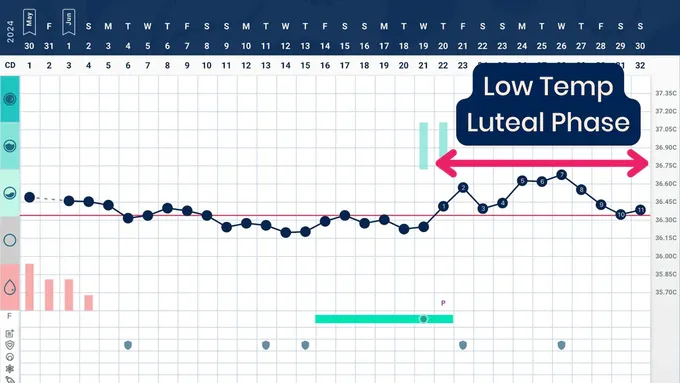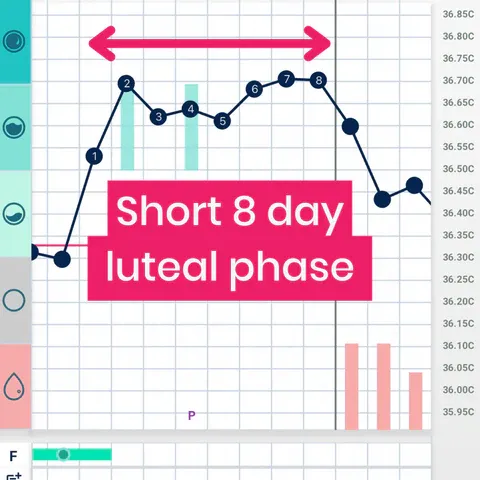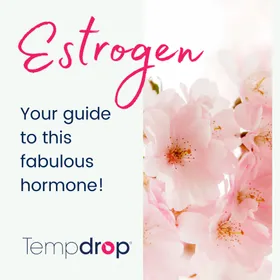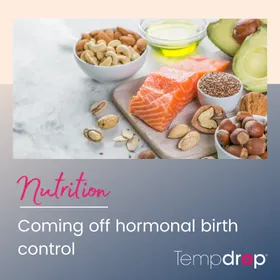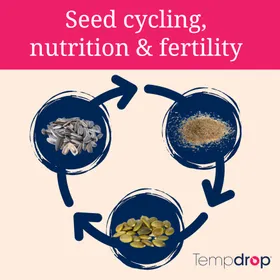Basal Body Temperature - What Can It Tell You About Your Health?
Published February 5, 2025.
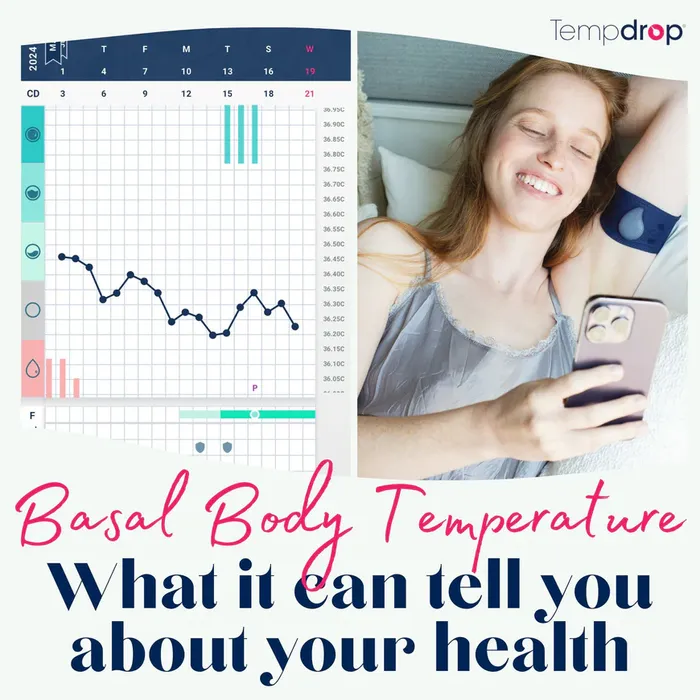
Taking our basal body temperature (BBT) daily is a great way to track ovulation, but it can also give you insight into your health and hormones.
To get the full insight into your hormones and health, you will have to start tracking your basal body temperatures for at least a few cycles to identify patterns. We ideally want to see our temperature stay in the lower range during the Follicular phase (the first half of your cycle) and when you have ovulated,your temperature should increase for 10-14 days prior to your next period, in the luteal phase. However, if there are imbalances this may not be what you see in your charts.
Pinpoint Progesterone Imbalances
Tracking our BBT can help us pinpoint hormonal imbalances and then make lifestyle, nutrition, or supplement changes as needed. For example, if your luteal phase temps rise slowly and stay low, it could mean you have low progesterone.
Progesterone naturally increases our internal temperature and boosts our metabolism during the luteal phase (the second half of our cycle). If our temps don’t rise very high we can assume low progesterone may be an issue. A luteal phase that is less than 10 days could also indicate you could have low progesterone. We ideally want our luteal phase to be 10-14 days long.
On the other hand, if your temps stay in the same follicular range for the entirety of your cycle, that is an indication that you are not ovulating and may be experiencing an anovulatory cycle.
Progesterone is not only important for conception, but it also has a variety of health benefits such as; anti-aging, natural anti-anxiety, natural diuretic, restores normal libido, improved sleep quality, reduces estrogen dominance symptoms, and more.
There are ways to support ovulation and healthy progesterone, some of these include:
- Breathwork and stress management
- Replenish Magnesium, Vitamin C and B vitamins
- Prioritize sleep
- Make sure you are consuming healthy fats at each meal such as coconut oil, grass-fed butter, egg yolks, extra-virgin olive oil, coconut milk, etc
Insight into Our Thyroid Health
Our BBT can also tell us how our thyroid is doing. Constant temps below 97.5* could indicate hypothyroidism and slow metabolism. When we have a healthy thyroid and metabolism we will have higher temperatures. Other symptoms of hypothyroidism: hair loss, cold hands, and feet, low energy, low mood, constipation, or irregular bowel movements.
If you notice any of the imbalances above, you can take your charting information along with your symptoms to your health care practitioner for further diagnosis and testing.
It Can Let Us Know When Our Period Will Arrive
Our BBT can help us predict our period! Our temperature can dip back down to lower Follicular phase temps 0-3 days prior to menstruation. The first day you see temps start to go down in your Luteal phase, you can be prepared for menstruation to start ,and not be caught off guard!
Our period will usually arrive 10-14 days after our temp shifts upwards following Ovulation so you will know when to expect your next period after you confirm your temp shift.
In Summary
I have been consistently tracking my basal body temperature and have found it incredibly helpful to confirm my suspicions of low progesterone, and it is truly amazing to see your cycle and body shift over time as your hormones begin to balance.
I have been getting my clients to chart their cycles with the help of Tempdrop and have noticed the benefits, not only in terms of pinpointing imbalances, but also increasing their confidence in understanding their bodies. I encourage you to do the same and become your own health advocate!
*Temp range is based on oral BBT results. Tempdrop may read in a lower or higher range than oral temps.
